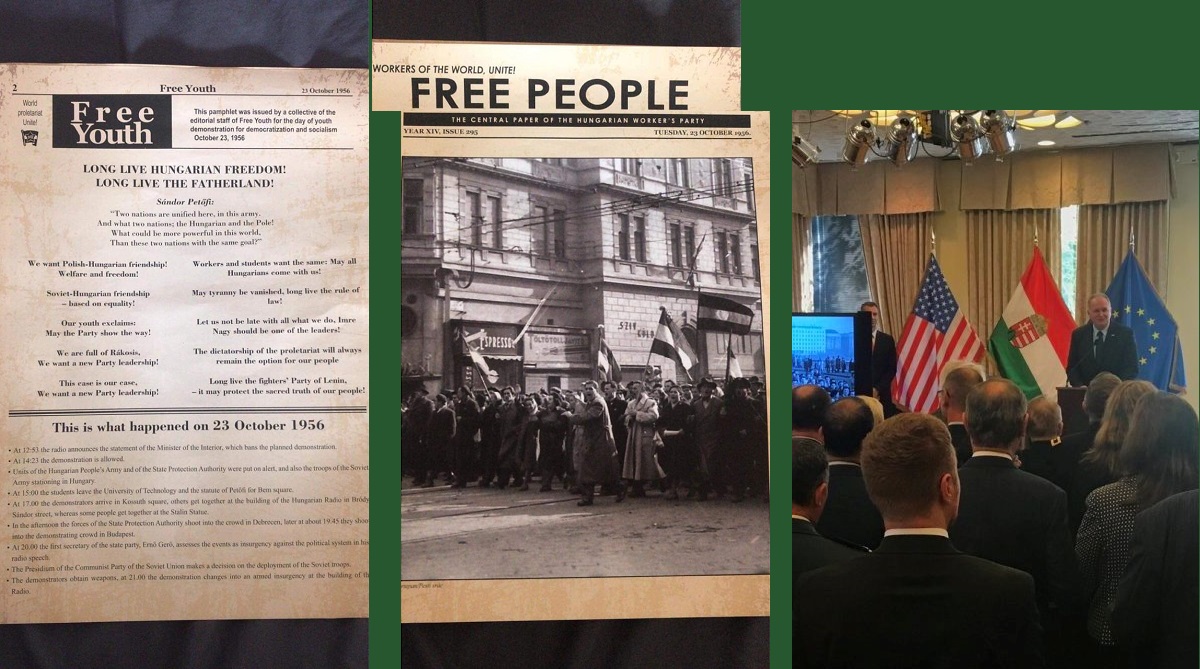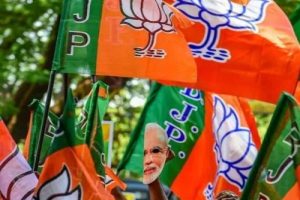Hungary celebrated the 62nd anniversary of the Hungarian Revolution on 23 October.
Across the eastern European country, people waved flags and marched with banners commemorating the sacrifices of those who died protesting the Communist dictatorship forced on the country by the Soviet Union since the end of the Second World War.
The Embassy of Hungary in Washington, DC commemorated the heroes and freedom fighters of Hungary on the 62nd anniversary of the 1956 Hungarian Revolution. Special ceremonies were held in Hungarian embassies across the world.
At an event to commemorate the uprising, Hungarian Prime Minister Viktor Orban said, “Our responsibility is to prevent Brussels from Sovietizing.”
In Budapest, paperboys dressed up in vintage outfits and distributed newspapers from the time of the revolution.
According to locals, the young paperboys were stationed at major junctions.
Hailed as a freedom movement in Hungary, the revolution marked the tectonic political shift in the region that took many from the folds of Communism into the embrace of democracy.
On 23 October 1956, people of Hungary, including students, clashed with forces of the ruling Communist regime in Budapest. They toppled a 30 feet statue of Soviet dictator Joseph Stalin and destroyed infrastructure connected to the Communist regime.
Scenes of heavy combat between the “freedom fighters” and the Communist forces were witnessed in the country at the time. Though the revolution eventually failed – largely because of a Soviet invasion of Hungary in November in support of the Communist government – it triggered a social consciousness in the hearts and minds of the Hungarian public.
Finally, on 23 October 1989, Hungary, which emerged from the shadows of Communism, declared the day as a national holiday with József Antall becoming the first post-war democratically elected Prime Minister.












